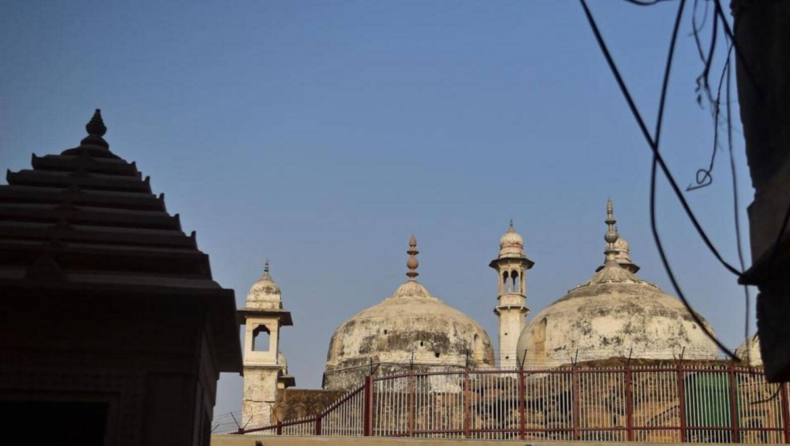India is the country with the longest written constitution in the world. Where justice seems to be delayed but never denied. In the infamous Gyanvapi mosque case, we are expecting no partiality but an impeccable verdict, before that let’s see how legally and historically Hindus have an edge in this case.
The verdict of the Varanasi District and Sessions Court
While Muslims are legally fighting tooth and nail in the Gyanvapi case, there seems to be a barrier after the verdict of the Varanasi district and sessions court, where the bench not only allowed the community to worship Shringar Gauri regularly but also said that the community’s claim on the Gyanvapi Masjid was tenable, rejecting the Muslim argument.
A cautiously optimistic note came from Subramanian Swamy, a leader on his own merit regardless of his incidental BJP membership. He said that the Supreme Court was where the primary legal conflict was being resolved and that the Varanasi court’s decision was only an “intermediate step.”
The historical background of Gyanvapi Mosque
The leftist, rightist, Marxist, and even libertarians cannot deny the historical facts. The demolition of temples started after the fall of the last king of united India, Prithviraj Chauhan and this is also known as the Turkish invasion.
Many temples were demolished by many Muslim rulers but of the pinnacle of those rulers were the Mughal Emperor Aurengzeb. That repugnant attitude in itself is enough to swing the case in favor of the Hindu side. Let’s start by talking about the Kashi Vishwanath temple’s history of destruction.
The Skanda Purana’s Kashi Khanda refers to the temple (section) at the outset, although Marxists can argue that texts don’t create history. So let’s go on to the following phase. The Adi Vishveshwara Temple was the previous name for the Kashi Vishwanath Temple.
After Mu’izz al-Din Muhammad ibn Sam entered India and overthrew Jayachandra of Kannauj near Chandawar, the Ghurids were the first to destroy it in AD 1194 CE. The Ghurid conqueror destroyed Kashi, which included the Vishveshwara Temple, after his conquest.
Muslims built what they termed the Razia Mosque there a few years later.A Gujarati businessman erected a temple off-site, close to the Avimukteshwara Temple, around 1230.
The timeline becomes a bit murky at this point; some historians claim that the temple was once again destroyed by Sikandar Lodi (AD 1489–1517), while others credit Hussain Shah Sharqi (AD 1447–1458).
The temple was later erected by Raja Man Singh during the reign of Mughal Emperor Akbar, and Raja Todarmal improved its appearance around 1585. However, because Todarmal’s daughter was wed to Islamic sultans, the priestly class abstained from the temple.
After then, Vir Singh Deo made some renovations to the old temple during the reign of Jahangir.
The next historical event is the one that is most often remembered: In AD 1669, Mughal Emperor Aurangzeb ordered that a section of the temple is partially destroyed and that the Gyanvapi Mosque be built in its stead. The Nandi looking away is still the most conspicuous piece of evidence.
That repugnant attitude in itself is enough to swing the case in favor of the Hindu side.













